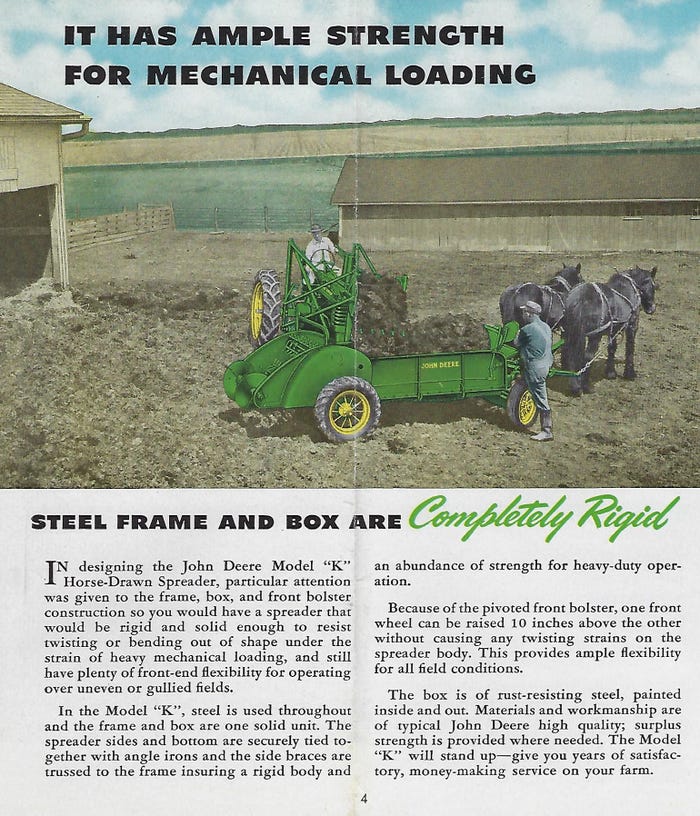October 24, 2019

You’re driving a combine with autosteer, combining soybeans with a draper head, watching the yield monitor. You get an alert on your phone from the grain bin monitor, providing information about the corn you binned last week. Your son is coming up alongside pulling a grain cart on tracks.
A mile down the road, your neighbor harvests with a 20-year-old machine. He controls header height manually from the cab and steers himself. He has a yield monitor but never calibrates it or prints maps. He dumps at the end of the field into a 2-ton grain truck.
Are these technologies light-years apart? They sound like it. Can you find this scenario almost anywhere in Indiana? You bet. And in both cases, at the end of the day, both you and your neighbor deliver the same product to the elevator: soybeans.
How economics shake out and who will likely turn more profit in the years ahead are different questions. If it pencils out for your neighbor, he can use old technology if he likes. If it pencils out for you, new technology may be the way to go. In fact, you’re already thinking about freeing up your son next harvest by switching to a system that allows you to control the grain cart without a driver.
Nothing new
We’ve been here before — in a time of transition in technology. Economics and the ability to farm more acres in less time with fewer people drove the change before, and it will likely drive it this time, too.
The old manure spreader spotted at the Indiana State Fair was likely the pride and joy of an Indiana farmer a century ago. Tractor power was available, but he could still pull the spreader with horses.
Some 25 to 30 years later, when the pamphlet for the John Deere Model K manure spreader appeared, some people were still using horses to pull spreaders. But as a page from the booklet indicates, some were also using tractors for tougher jobs, sometimes on the same farm. The illustration of a tractor and loader filling a spreader pulled by horses says a lot about agriculture in the 1940s.

TRANSITION TIME: When this sales pamphlet first appeared, seeing a tractor and loader filling up a spreader pulled by horses likely seemed natural. Today, it is a reminder of a time in transition.

The transition from horses to tractors took three decades. There’s a revolution going on today in agriculture, and it isn’t happening overnight, either. It’s a transition from manually controlled equipment to digital agriculture, where sensors allow computers to adjust on the go for you.
Specific technologies within the change, such as autosteering, are traveling at a much faster adoption curve than shifting to tractors from horses. Yet yield monitors have been available since the early 1990s, pushing three decades, and you can still find combines without them.
Not everyone saw the benefits of early tractors right away. Not everyone is reaping the same amount of benefit from digital ag innovations. The trend is clearly toward more sensors, more information and more automated farming.
Just don’t expect everyone to get there overnight. Let the page from the John Deere spreader brochure be a reminder — transitions take time!
Comments? Email [email protected].
You May Also Like




